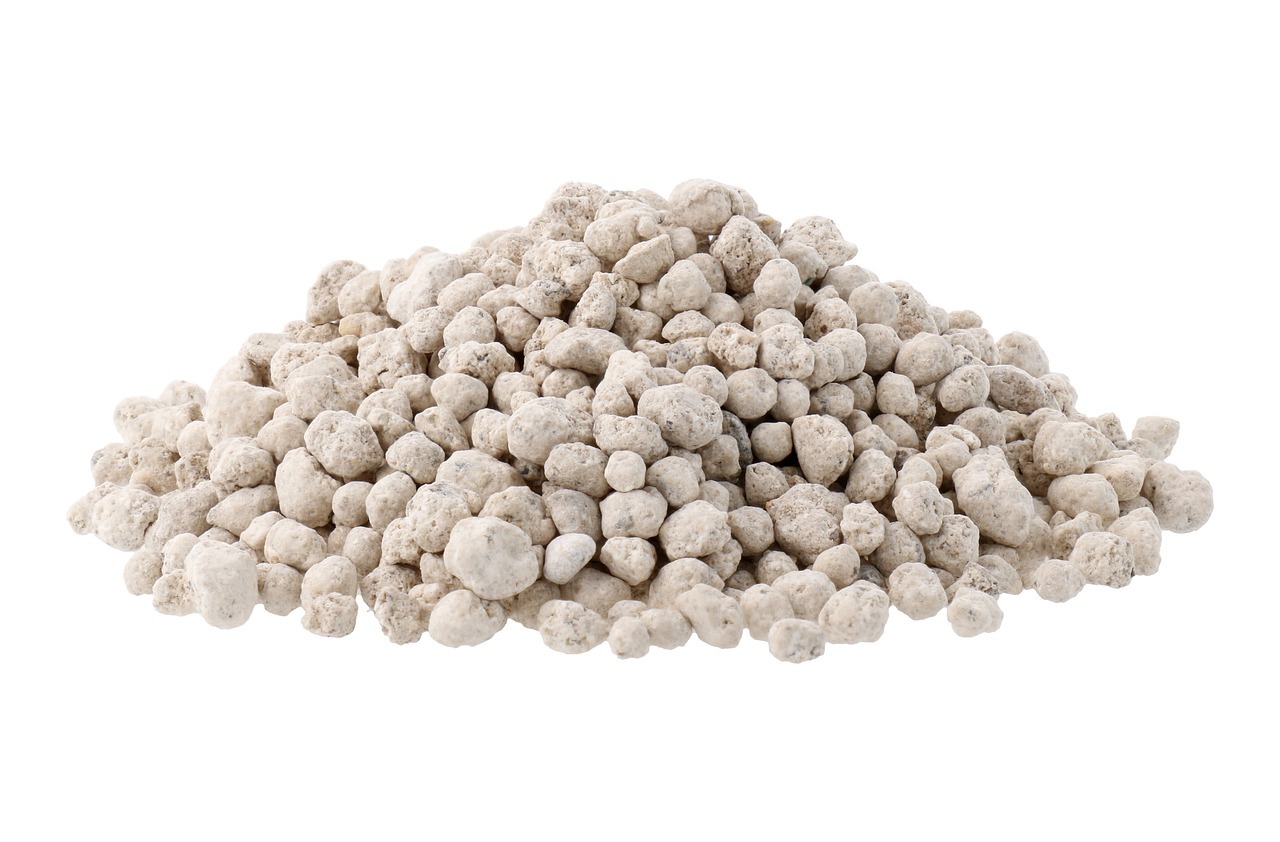All plants need a variety of nutrients to survive and thrive. These nutrients can be provided in one of two ways. They can come from organic sources, or they can be produced synthetically from chemicals.
Unfortunately, while the latter approach may seem like it’s more cost-effective in the short term, the impact of synthetic fertilizer on the environment makes any benefits reaped by individual farmers or horticulturalists almost irrelevant. The decision to embrace synthetic fertilizers in the early 20th century may have allowed farmers to grow larger and more fruitful plants, but it has also caused devastating environmental consequences.
The Difference Between Synthetic and Organic Fertilizers
The primary difference between synthetic and organic fertilizers is where the nutrients come from. Synthetic fertilizers are produced in a lab using chemicals, while organic fertilizers are derived from natural sources like seaweed, lobster shells, bat guano, and others. This one difference in composition leads to many consequences, though.
Nutrient Absorption
Synthetic fertilizers are fast-acting and water-soluble. As a result, they are taken up by plants almost immediately, providing a quick hit of nutrients that leads to rapid greening. As a result, they must be reapplied frequently and can burn plants if applied incorrectly. The nutrients derived from organic sources feed plants for a longer period, so while they produce more subtle results, they don’t have to be applied as often and won’t burn plants.
Types of Nutrients
Synthetic fertilizers generally contain key macronutrients like nitrogen, phosphorus, and potassium, often referred to on packaging as NPK. Organic fertilizers contain not just macronutrients but also many micronutrients. Plus, they stimulate soil microorganisms that provide secondary nutrients that are absent in synthetic fertilizers, which do not improve soil fertility.
Safety Profiles
Not all farmers, horticulturalists, and homeowners pay attention to the broad-reaching environmental implications of their actions. All of them should note that synthetic fertilizers also pose an immediate risk to the health of kids and pets. Accidental consumption of chemical fertilizers can be fatal to animals, and children playing outside in treated grass or gardens can also be exposed.
Synthetic Fertilizers Harm Local Ecosystems
The differences in synthetic fertilizers’ composition pose a serious risk to local ecosystems. Because the chemical nutrients they contain are water-soluble in the form in which they are applied, they often run off into nearby lakes and rivers. This, in turn, causes nitrification, algae blooms, and water quality issues.
Synthetic fertilizers aren’t just bad for aquatic environments. The introduction of huge pulses of nutrients into terrestrial ecosystems can be just as devastating, affecting the health of native plants and exposing beneficial insects and animals to toxic chemicals. Plus, synthetic fertilizers can degrade the soil matrix, killing off microbes and leaving fields barren.
The Long-Term Costs Aren’t Worth the Short-Term Gains
In the 20th century, synthetic fertilizers made it possible to increase agricultural yields and feed a growing population. Scientists now know that they did so at the expense of the environment and future generations of people, though.
Farmers that continue to rely on chemical fertilizers are stuck in a vicious cycle of increasing soil degradation and a subsequent need for more synthetic nutrients. The crops grown in these degraded fields contain fewer of the beneficial micronutrients that people also need to thrive, and they don’t give back to the soil in the way that organically grown plants do.

